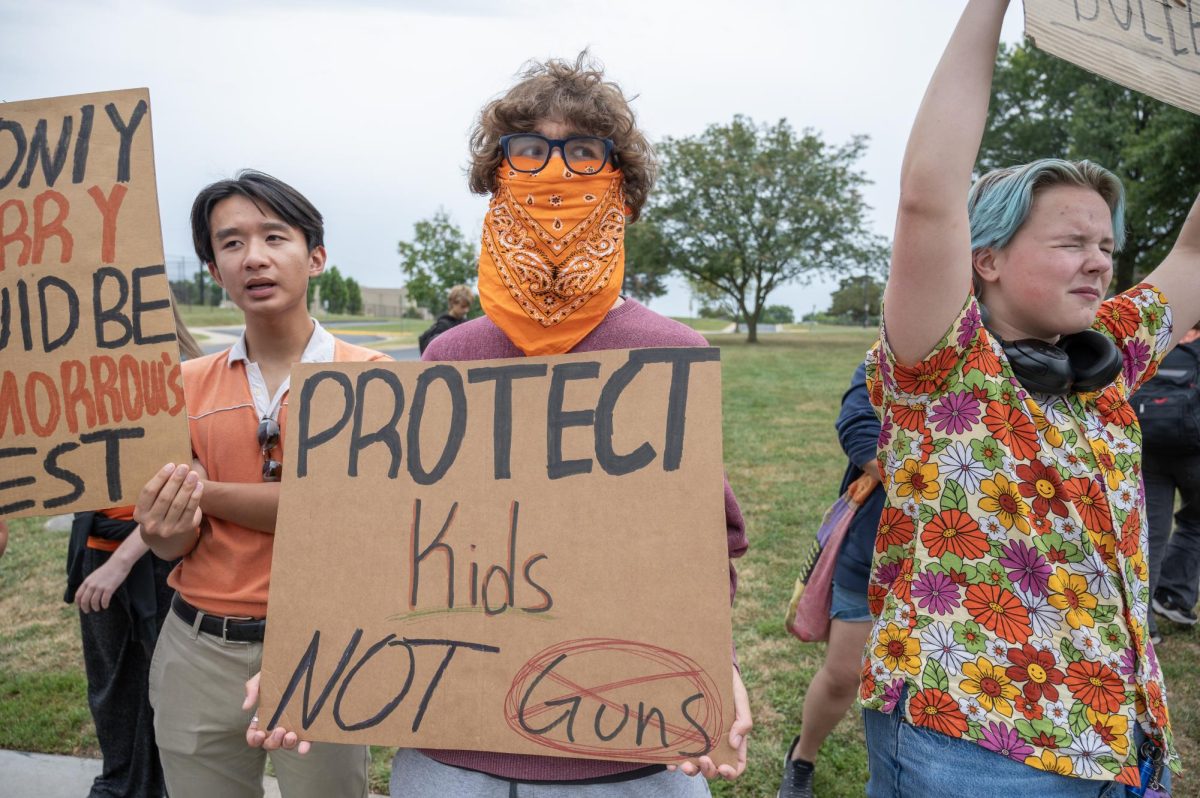When Facebook announced its coming privacy changes last summer, they claimed that the intentions were to make the privacy settings simpler and to give users more control of their information. These changes went into effect Dec. 9.
Facebook made privacy options simpler by decreasing the number of settings and making those settings easier to understand. These changes were the result of many complaints that the old privacy options were too complicated. Facebook also eliminated regional networks, which were leading to users unknowingly sharing their information with an entire community of people, like a city or school.
The major change is that users can now set privacy on a per-post basis. For example, users can let only their closest friends see certain posts, or they can block certain users from seeing specific information.
The problem with this system is that it is intended to publicize even more information about users. The privacy transition tool recommends the setting to share posts to the entire Facebook community, making them visible to everyone on the internet. The previous system’s default privacy setting only shared that information with a user’s network and friends.
Also, Facebook has eliminated the privacy options that allowed users to restrict information like their name, city, etc,. This information is now publicly available for all Facebook users.



